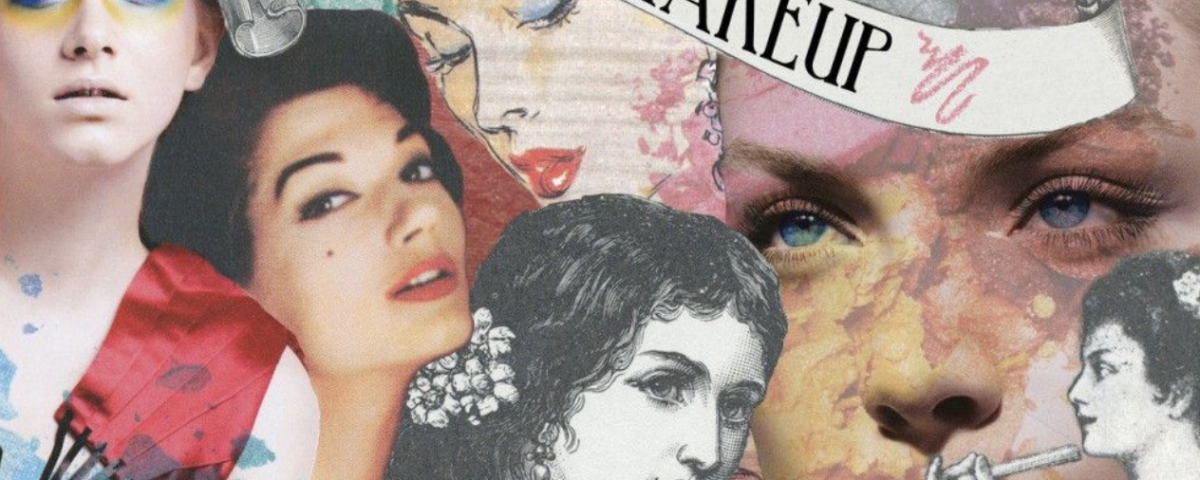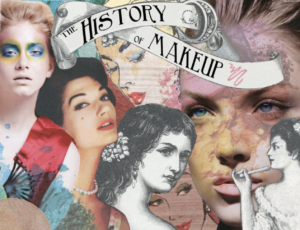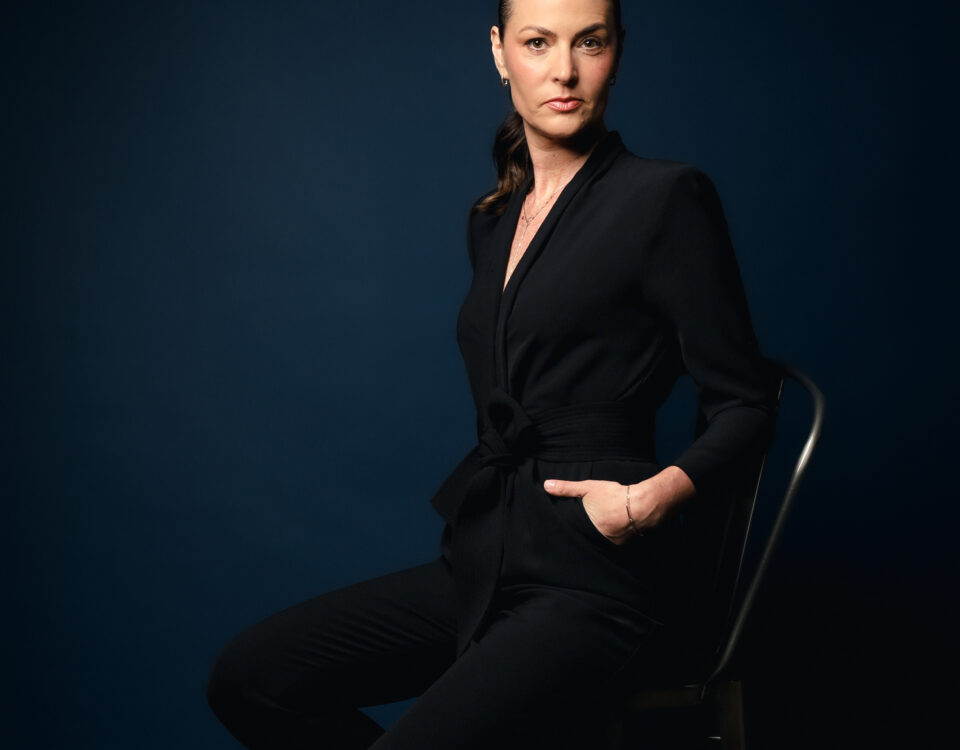A Brush with Beauty: The Mesmerizing History of Makeup
A Brush with Beauty: The Mesmerizing History of Makeup

Makeup, in all its forms, has been an integral part of human culture for millennia. From the ancient Egyptians to the makeup influencers of the digital age, cosmetics have played a vital role in enhancing beauty, expressing identity, and even symbolizing power and status. The history of makeup is a fascinating journey through the ages, reflecting the evolution of societal norms and artistic expressions.

Ancient Origins
- Egypt: The Cradle of Cosmetics- One of the earliest civilizations to embrace makeup was ancient Egypt. Over 6,000 years ago, Egyptians used makeup not only for aesthetic purposes but also for religious and medicinal reasons. Kohl, made from a mixture of soot and galena, was used to outline the eyes, providing protection from the sun’s glare and warding off evil spirits. Various colors, such as green and blue, were created using minerals and plants to adorn the lips and cheeks.
- Greece and Rome: A Dash of Elegance- The ancient Greeks and Romans also celebrated makeup, although with slightly different goals in mind. While the Greeks emphasized natural beauty, they used white lead to create a pale complexion, while the Romans were fond of vibrant colors like red ochre for lips and cheeks. These practices continued into the medieval era in Europe, where pale skin was considered a sign of nobility.
The Middle Ages and Renaissance
- The Dark Ages: A Departure from Glamour- During the Dark Ages, makeup saw a significant decline in popularity. The Church condemned its use, associating it with vanity and moral decay. Pale skin became a symbol of purity and piety, leading to the use of lead-based powders that were not only harmful but sometimes lethal.
- Renaissance Revival The Renaissance period witnessed a resurgence of interest in cosmetics. Queens and noblewomen sought pale skin, accentuated with makeup made from lead and chalk. Subtle red lips and flushed cheeks were in vogue. It was also during this period that fragrances gained popularity, with perfumes and scented oils becoming an integral part of beauty routines.
The Victorian Era
The Victorian era was characterized by modesty and a strict moral code, yet makeup was still used, though discreetly. A natural, “no-makeup” look was preferred, with ladies often using subtle touches of color for their lips and cheeks. The era saw the birth of iconic brands like Yardley and Guerlain, which are still recognized today.
The Roaring Twenties
The 1920s marked a revolution in makeup. Flappers defied societal norms by embracing bold and dramatic looks. Bright red lips, heavily kohl-lined eyes, and a youthful, vibrant appearance were en vogue. Iconic figures like Clara Bow and Josephine Baker became style icons, and cosmetics evolved to cater to this new aesthetic.
The Modern Beauty Industry
The 20th century brought about remarkable innovations in the makeup industry. Max Factor introduced pancake makeup, an early form of foundation, and created new products to enhance screen stars’ appearances. World War II brought about a shift towards more practical, everyday makeup, with Revlon launching their first lipstick in a tube.
The 1950s and 1960s witnessed a continued evolution of makeup styles, from Marilyn Monroe’s red lips to the bold eyeliner and colorful eyeshadows of the ’60s. The makeup industry became increasingly diverse and inclusive, catering to a wide range of skin tones and preferences.
The 21st Century and Beyond
The 21st century brought about a democratization of makeup. With the rise of the internet and social media, makeup enthusiasts became makeup influencers, sharing their tips, tricks, and product recommendations with a global audience. The industry embraced diversity and inclusivity, with a growing emphasis on natural and cruelty-free products.
The history of makeup is a mesmerizing journey through time, reflecting the shifting sands of culture, fashion, and societal norms. From the ancient Egyptians’ rituals to the vibrant and diverse beauty trends of the modern era, makeup continues to be a powerful form of self-expression, allowing individuals to highlight their unique identities and celebrate their own beauty. As we look to the future, it’s clear that makeup will remain an enduring and ever-evolving art form, adapting to the changing needs and desires of people around the world.

